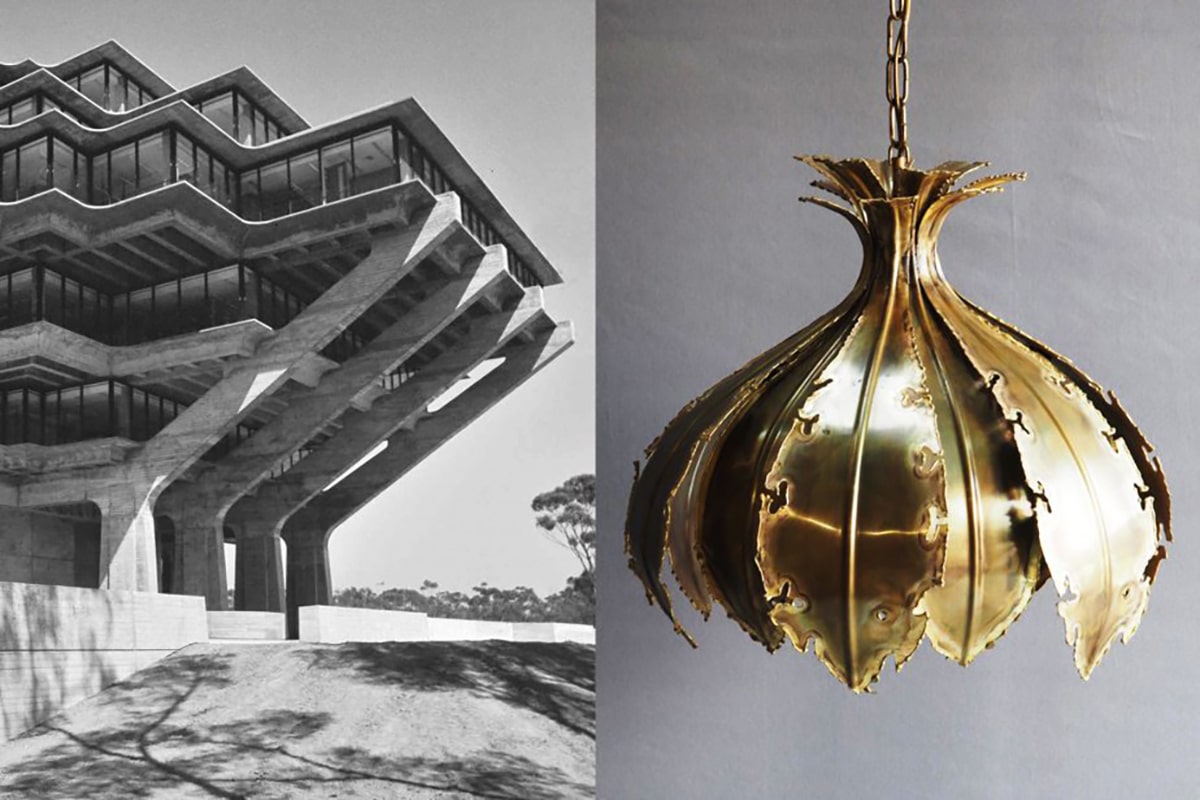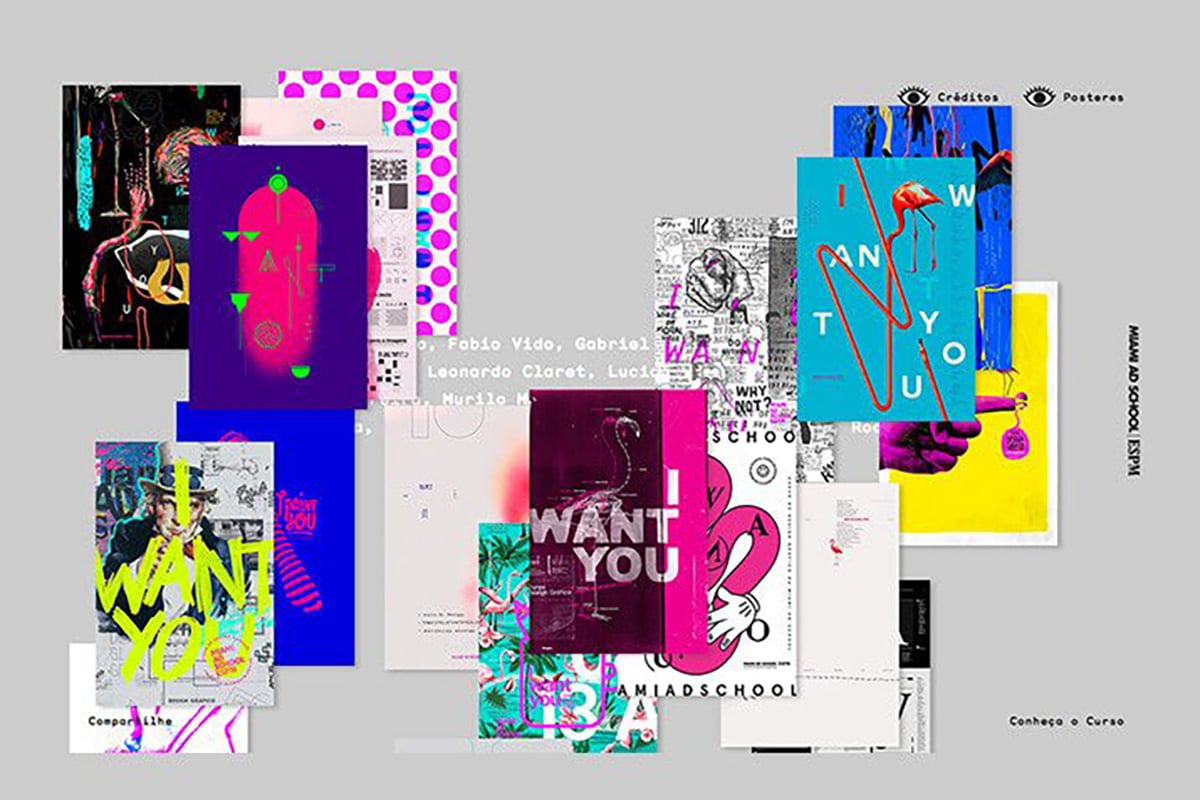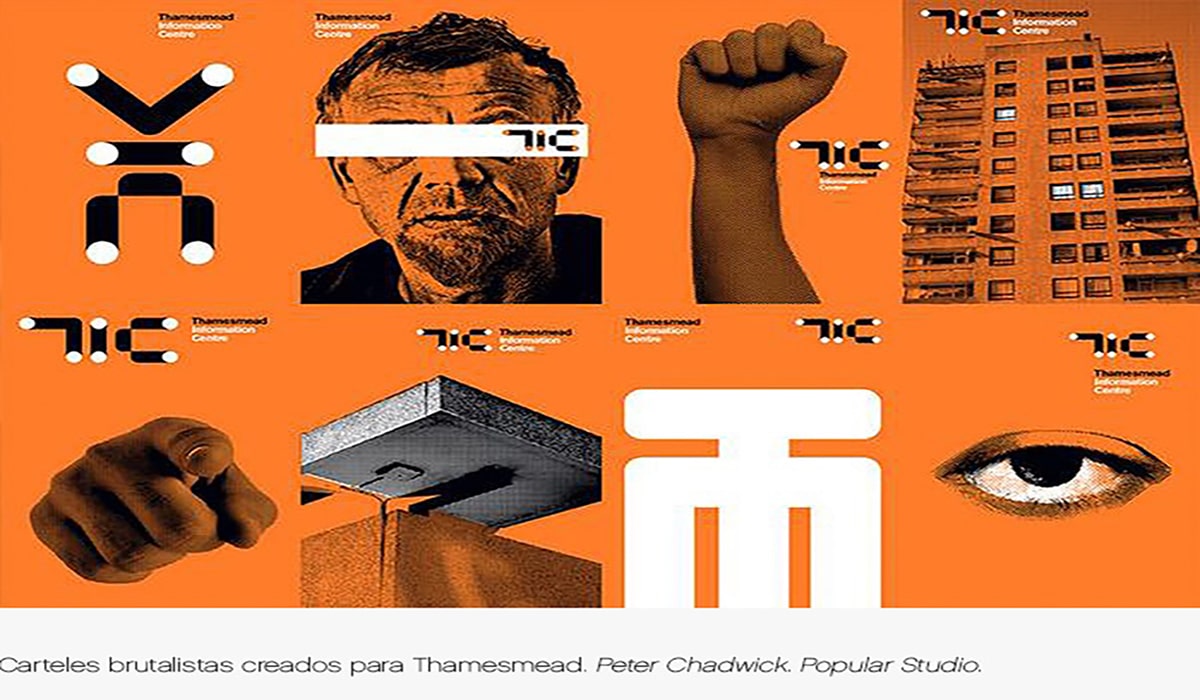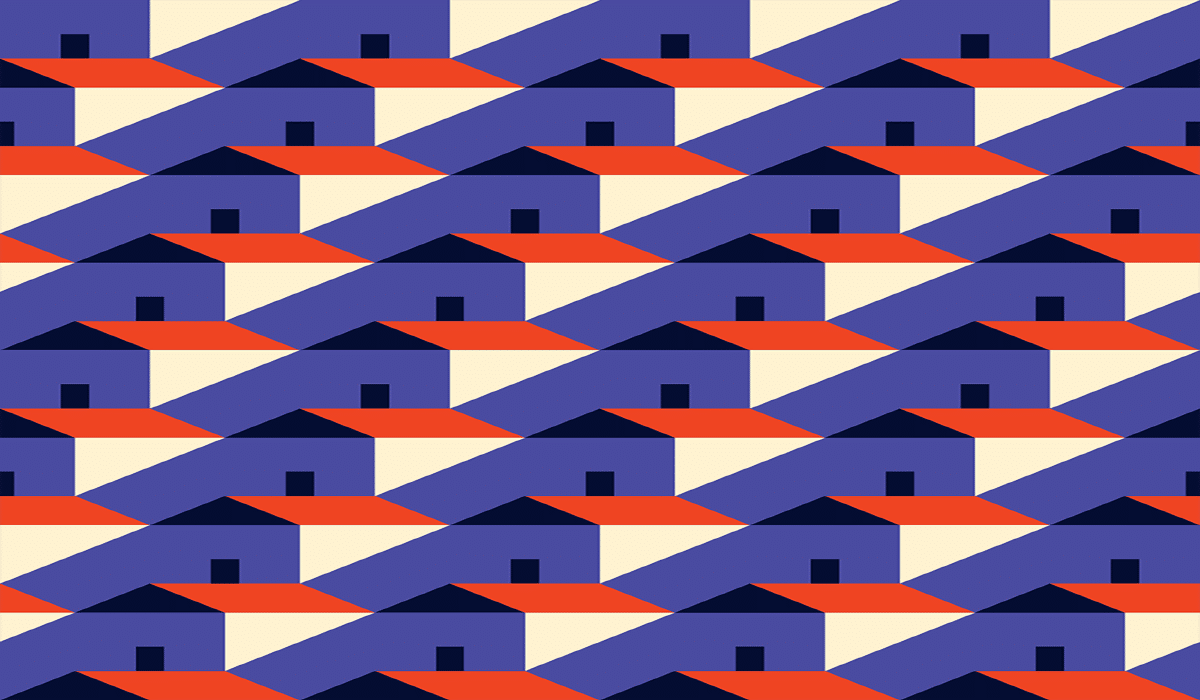
Source: Graph
There are designs that are measured by their abstract psychology, there are others that are measured by the good composition and distribution of graphic elements. There are others that, on the other hand, tend to have a lot of boom due to the imbalance that is shown in the scene.
For decades, design has been one of the most criticized artistic trends. This phenomenon has led many designers to take for granted a complete design or a complete anti design. In this post we show you what is one of the other currents that you did not know and that is loaded with shapes, colors and expressions that not everyone understands.
We start
Brutalist Design: What is it

Source: Pamono
The brutalist design or also called brutalism, is defined as a kind of aesthetic movement that contains some functions and it meets some expectations, that's where it gets its name and is also defined as utilitarian.
In order for you to better understand this somewhat peculiar current, its main objective is to obtain an anti-decorative vision of design and exposes and manifests itself in favor of the raw materials used to build the designs. And surely you will wonder in which style he had much more prominence, because It was certainly in the architecture of the 1950s through the 1970s. What few are unaware of is that it has now resurfaced from its entrails and has gone viral in the modern digital design sector.
And why has it been given so much importance today? Well, because it is one of the currents that has most visually attracted the attention of its viewers. It exposes what is necessary to be able to differentiate itself from the rest and that makes it a cold and hard style.
Key features
The characteristics of brutalism are usually visual, this fact makes it such a different and difficult style to assimilate. Unlike the others, the artistic currents have been happening according to their predecessor. In brutalism they have been passing through one medium to another. Let us begin:
- The exhibition of the materials: it has its own style which is architecture and is not related to online media.
- They use monochromatic tones that derive from gray, white and black.
- It is defined as a functional and incomplete or nude style since the design and the artistic and beautiful do not fit its standards.
- Modular elements and their repetition are very important.
- The pieces are usually articulated together with rectilinear edges. In addition, these pieces are not edited or manipulated.
Brutalist Design: Origin

Source: Archdaily
The history of this current so peculiar let's say that begins through the destruction, for them we are in the 1940s and with it, the end of World War II. During this period, many of the UK's buildings lie and appear completely fallen and in ruins.
The country in general needs to rebuild the monumental disaster, but it must do it as quickly as possible since they need to provide housing for their neighbors and government buildings where they can put in order a country that had been completely devastated, to all this is also added a shortage of raw materials.
In another place we find the Soviet Union, a country that is in full modeling and construction of buildings. For it, They set out to build a style of prefabricated houses called Khrushchyovka, some houses made with low-cost materials and identical to other previous models. This architectural style aims to get away from the bourgeoisie and luxury and reflect communist social equality.
This style expands back to the UK, creating buildings such as the Hunstanton School, Smithson Square in the City of Westminster, the Balfron Tower and the National Theater. And also in the rest of the world with the Alumni Memorial Hall at the Illinois Institute of Technology, the Perth Concert Hall in Australia, the Robarts Library in Toronto.
This is how this movement was born.
Years later
The great popularity of this new style brought with it great consequences, including the totalitarian regime. That is to say, the use of materials and resources such as large monochrome canvases made this current a colorless and imposing current.
The end of this movement came in the 70s, but to this day it has left great historical monuments of great interest scattered all over the world.
Brutalist design in the digital age

Source: Design Shack
Many years after the end of brutalism design in architectural design, a new aspect or medium was introduced, the digital age. With the development and technological evolution, this trend was present in digital interfaces.
Currently, this movement, introduced in the digital age, has moved away from all physical or crude material and has maintained a root that derives from authenticity and a much more efficient construction.
Brutalism in web design has always been functional. One of the most recurrent websites is the famous Craigslist. What many designers do not know is that once they use simple and useful resources, they are focusing this style in their projects and works.
The characteristics compared to those of the architectural style have been very pronounced in the typography and in the different color options. Unlike the previous ones, they are no longer monochromatic.
Brutalism: currently
Today, brutalism has returned to its architectural roots. In the digital age, it is possible to visualize a blank screen where textures and colors are hidden. All editing is removed and digital fonts and square footage are displayed.
Brutalism and graphic design

Source: milmetricks
Brutalism in graphic design was present thanks to its predecessor, Swiss style or also known as international style. A very prominent style in the 50s. This style is known for its objectivity and rationalism in its designs. Therefore, they approached more functional aspects and moved away from the artistic.
That is why a lot of importance was given to typographic contrast and ordered lines, in addition, it provides the use of simple and round geometric shapes, bold typefaces, halftone screens, photography of spaces and textures of materials from architecture.
Designers or artists

Source: thomas danthony
thomas danthony
He is a graphic designer and illustrator born in France but based in London. Since winning the Handsome Future award, he has come to prove that he is one of the most promising and talented illustrators. Its clients are the most powerful: M&C Saatchi, Microsoft, Nokia and Little White Lies. It is part of the brutalist design style and maintains the roots of the Swiss style due to its geometric shapes.
His work often contains an enhanced narrative with clever use of lighting that allows the images to tell a story, as well as making the viewer think
Ernest Keller
Ernst Keller was born in 1891 in Aarau, Switzerland. He studied art and literature and during his career as a designer he created posters for the Kunstgewerbemuseum from Zurich, for various charities and numerous heraldic logos.
His work as a designer is also highly valued in typography and graphic design in architecture. But, if Ernst Keller is fundamental for something, it is because of his work as a teacher and the incredible influence he had on his many students.
In 1918, Keller began teaching design and typography at the renowned Kunstgewerbeschule (School of Applied Arts) in Zurich. There he continued until his retirement in 1956, after decades teaching the young designers who developed the Swiss style during the 50s. Ernst Keller is considered to be the father of the Swiss style, later known as the International Typographic Style.
This is due to the large number of Keller students who later shaped and popularized this design style. Ernst Keller's contribution to the development of innovative teaching principles in design education plays a key role. In fact, he was the creator of one of the first systematic training programs for graphic design in the world.
His many years of teaching between 1918 and 1956 resulted in very different designers. Among them are the protagonists of the new graphic design such as Richard Paul Lohse, Josef Müller-Brockmann and Carlo Vivarelli or various talents of artistic illustration such as Heiri Steiner, Lora Lamm or K. Domenic Geissbühler, and innovative designers such as Hermann Eidenbenz or Gérard Miedinger .
Max Bill
He has been one of the most complete and versatile artists of our time. Recognized as a universal genius, he worked as an architect, painter, sculptor, designer, teacher and politician among other things. Throughout his life all disciplines have been united, there was no clear separation between art and other activities, everything was part of the same global idea.
He was born in 1908 in Winterthur, a working-class town near Zurich, where he would go to study goldsmithing at the School of Crafts. before beginning his studies in 1927 at the Bauhaus, where characters of the caliber of Vasili Kandinsky, Paul Klee, Josef Albers, László Moholy-Nagy and Walter Gropius were teaching. Bill would stay two years in Dessau, during which he assimilated the teachings of the school, and defined the general lines of his work.
Conclusion
If you have come this far, I hope you have learned from this summary that we have shown you. And what are you more about architecture or the digital age?